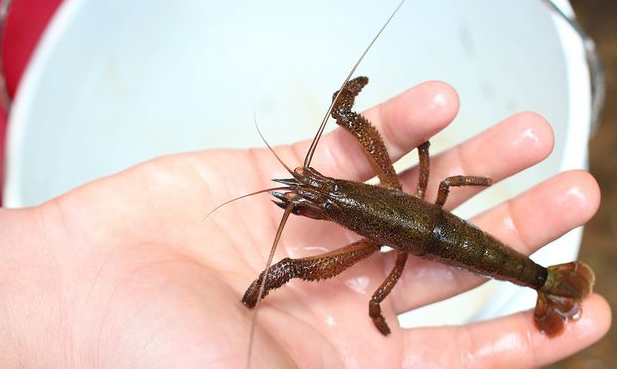Chagaras, the majestic palm grasshoppers, are more than just insects; they are a testament to nature’s diversity. Found in the lush tropical regions of Africa, Asia, and the Americas, these creatures are known for their significant size and vibrant colors. Their physical characteristics, including their sturdy exoskeleton and powerful legs, are not just for show; they play a crucial role in their survival. But what’s truly remarkable about chagaras is their adaptability. Whether it’s in the dense forests of the Amazon or the humid jungles of Southeast Asia, they thrive, showcasing the resilience of nature.
The Life Cycle of Palm Grasshoppers
The journey of a chagara from an egg to an adult is a marvel of nature. In the egg stage, these insects begin their life cycle hidden under the soil, protected from the harsh external environment. As nymphs, they undergo a series of molts, each stage revealing more of their adult form. The adult stage, a time of maturity and reproduction, showcases the full splendor of their physical features. This life cycle not only highlights the stages of growth but also the adaptability and resilience of these insects in different environments.
Diet and Feeding Habits
Have you ever wondered what these sizable insects feed on? Chagaras have a particular fondness for certain plants, often causing significant changes in vegetation. Their feeding habits can lead to both beneficial and detrimental impacts on their ecosystem. This relationship between their diet and the environment offers a glimpse into the complex dynamics of nature.
Mating Rituals and Reproduction
The courtship behaviors of chagaras are as fascinating as they are diverse. From intricate dances to distinctive calls, each species has its unique way of attracting a mate. Following successful mating, the process of egg laying and incubation begins, setting the stage for the next generation. This aspect of their life sheds light on the intricacies of insect reproduction and the continuation of species.
Predators and Defense Mechanisms
In the wild, chagaras face numerous threats from predators. Their survival strategies, ranging from camouflage to toxic secretions, are a testament to the evolutionary arms race in nature. Understanding these defense mechanisms offers insights into the predator-prey dynamics in their habitats.
Ecological Significance
Chagaras play a pivotal role in their ecosystems. Their role in the food chain and their impact on biodiversity are crucial for maintaining ecological balance. This section explores how these insects contribute to and influence their natural surroundings.
Conservation Efforts and Challenges
Despite their ecological importance, chagaras face several threats, including habitat loss and climate change. Conservation initiatives aimed at protecting these insects are crucial for preserving biodiversity. This section delves into the challenges and efforts in conserving chagaras.
Human Interaction and Cultural Impact
Chagaras have a unique place in the economies and cultures of the regions they inhabit. Their economic importance, particularly in agriculture, and their cultural significance in local traditions and folklore, illustrate the deep connection between humans and these insects.
Advancements in Research
Recent studies and discoveries about chagaras have shed new light on their behavior, genetics, and ecological impact. This section highlights the latest advancements in research and what they mean for our understanding of these insects.
Chagaras in Folklore and Mythology
Chagaras have been part of folklore and mythology in various cultures. This section explores the traditional beliefs and stories surrounding these insects, illustrating their cultural importance beyond their ecological role.
Conclusion
In concluding, the article will recap the fascinating world of chagaras, emphasizing their importance in our ecosystems and the need for continued research and conservation efforts. This structure ensures a comprehensive, engaging, and informative exploration of chagaras, catering to a wide audience interested in entomology, ecology, and conservation.

